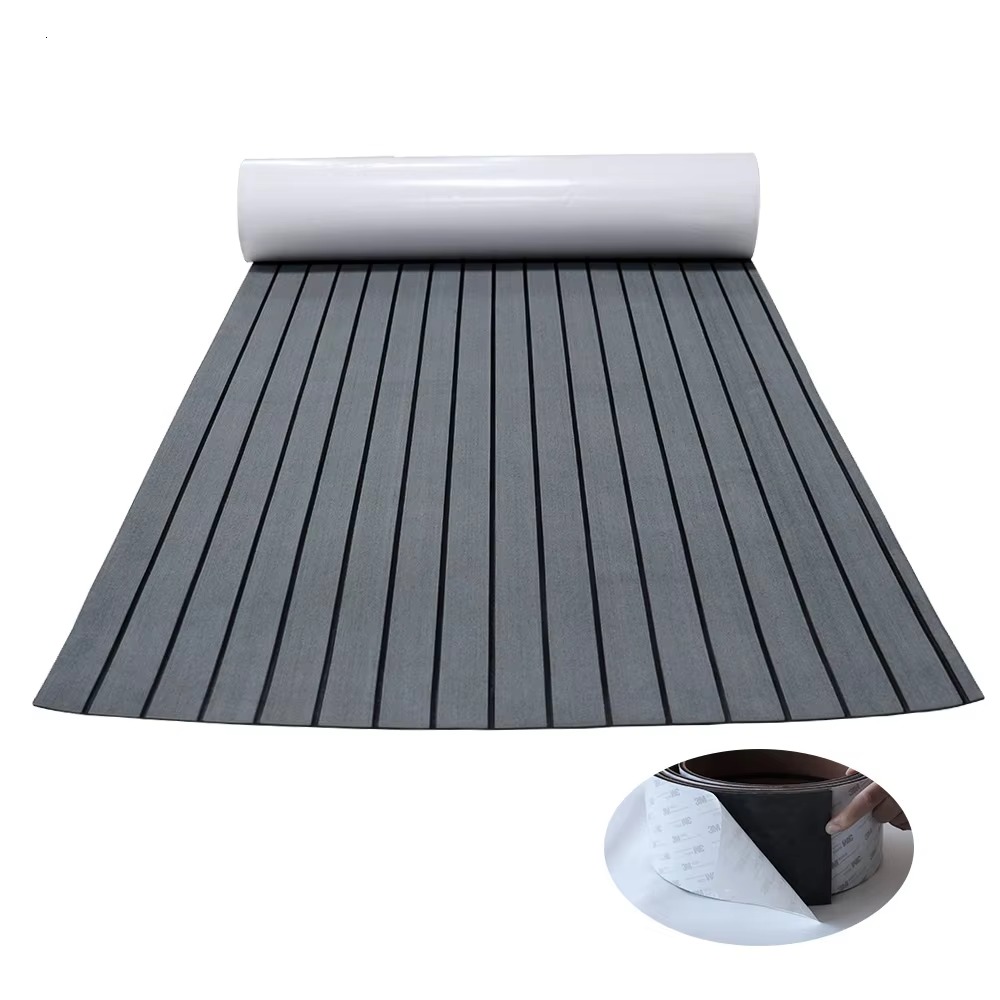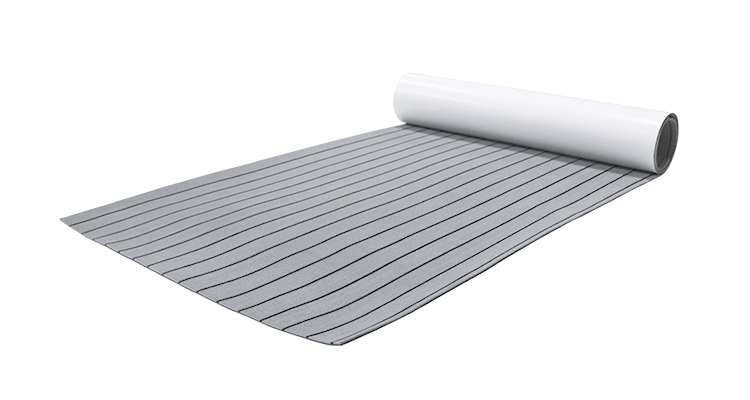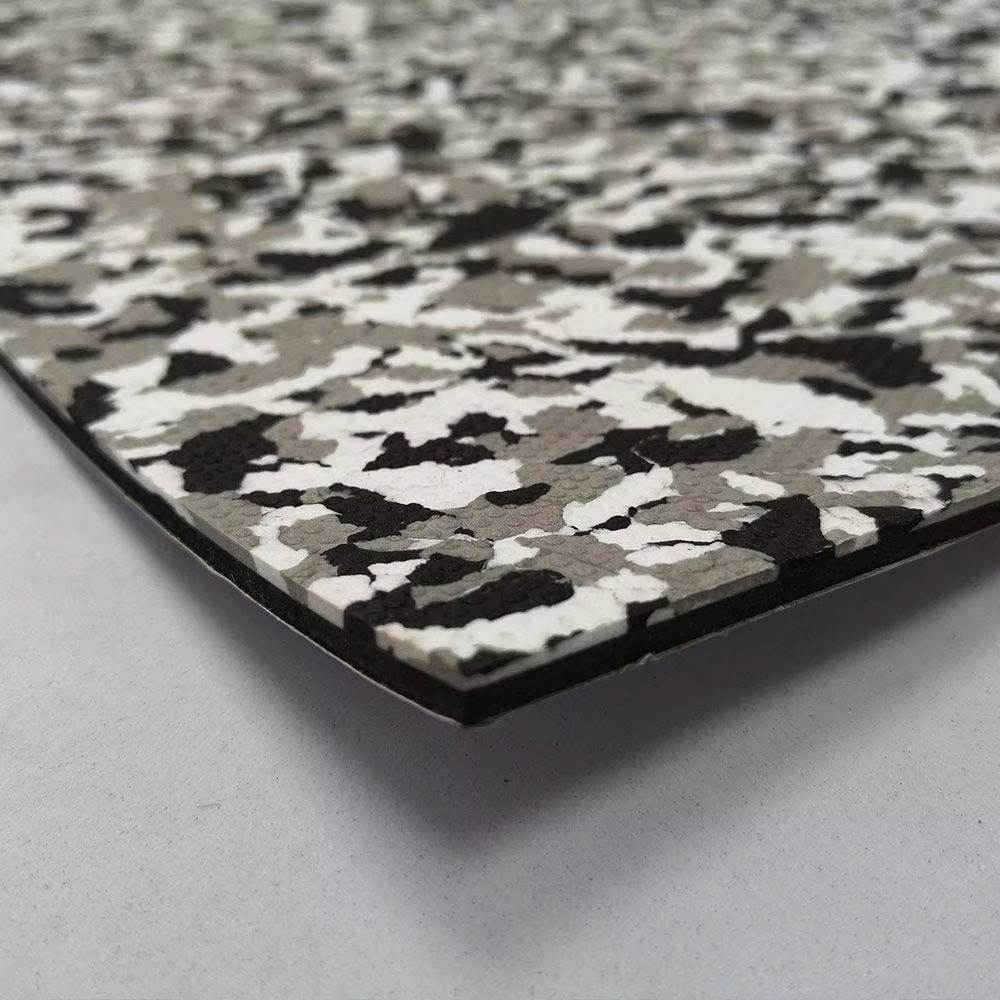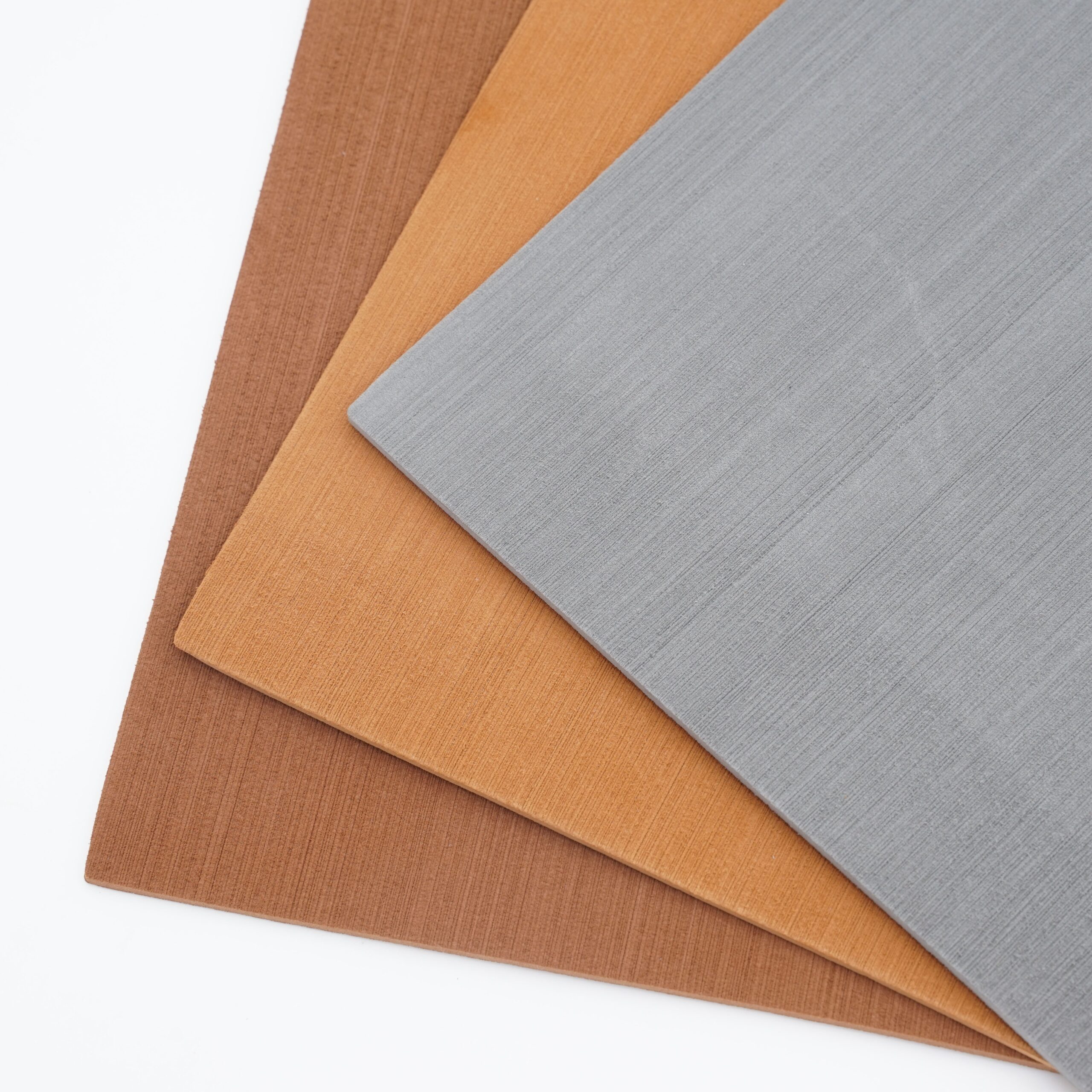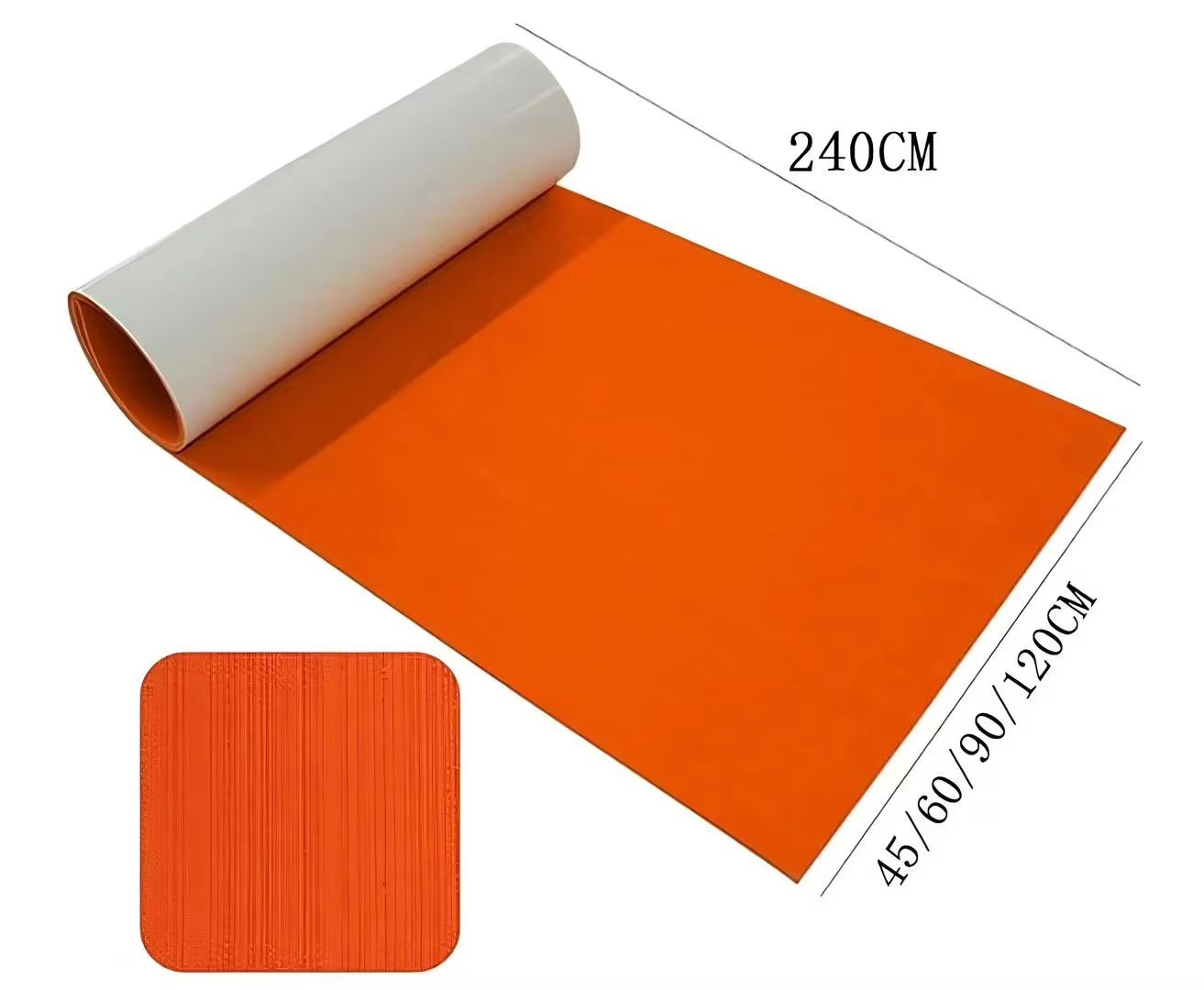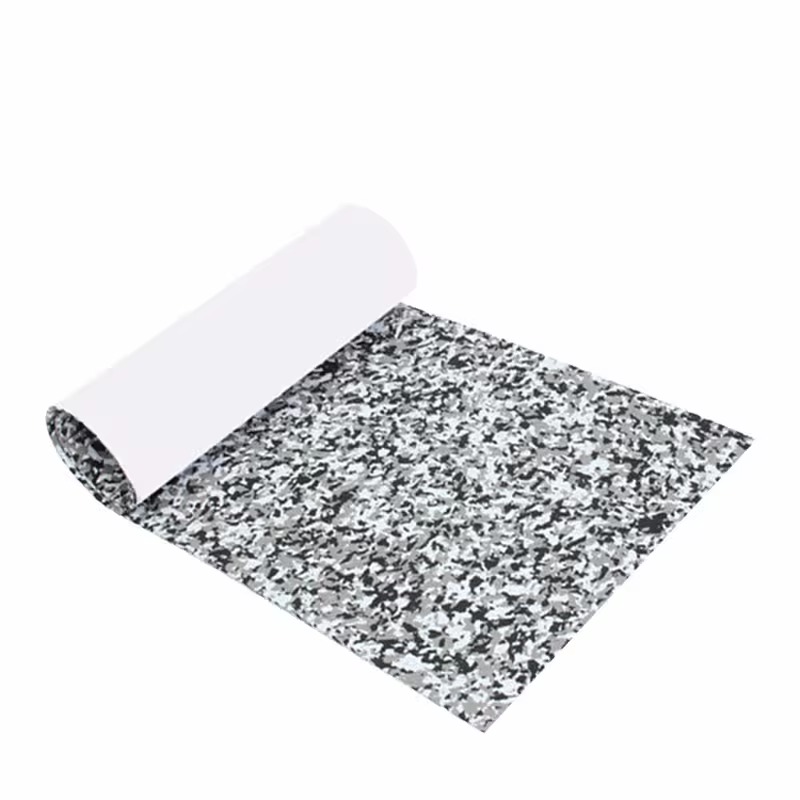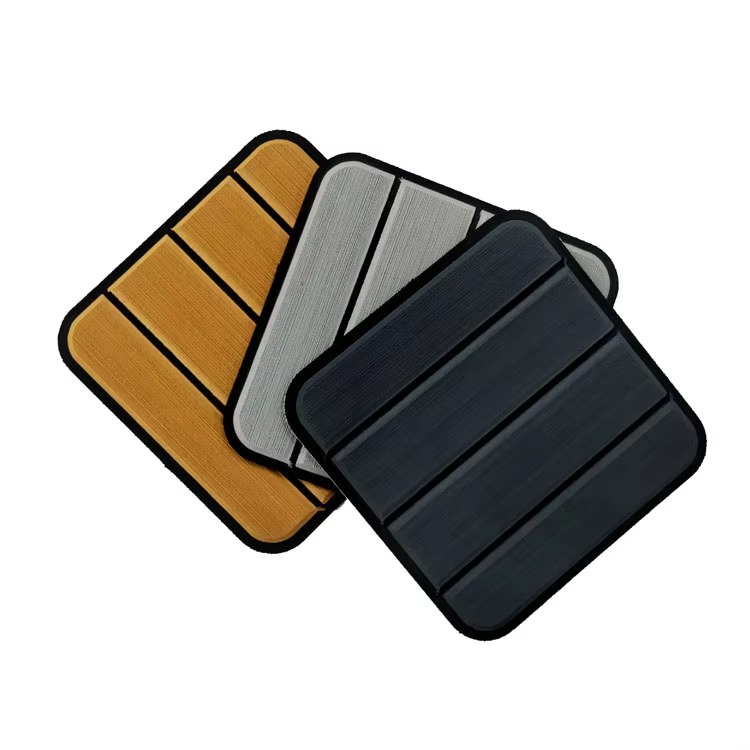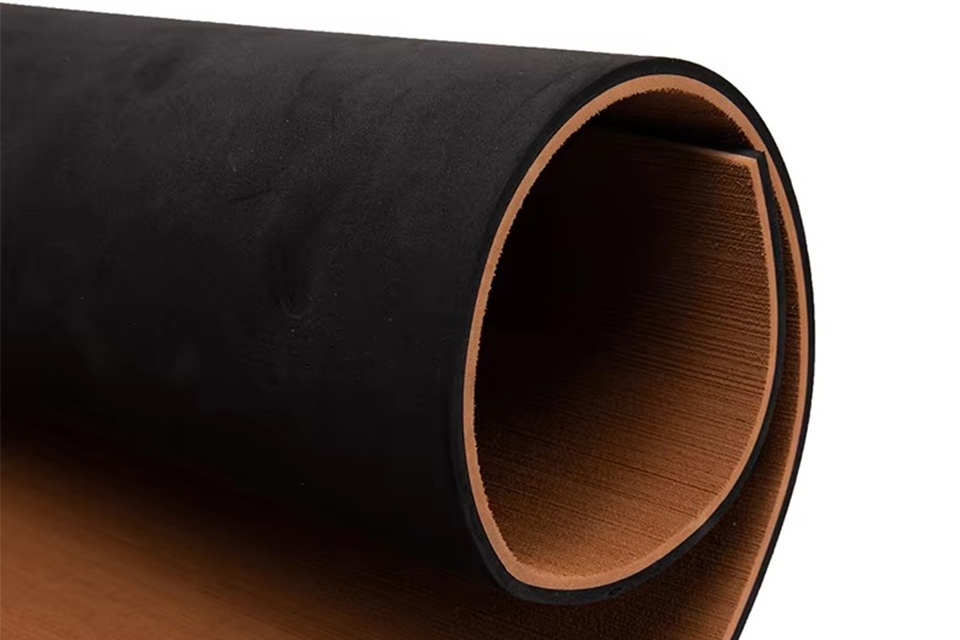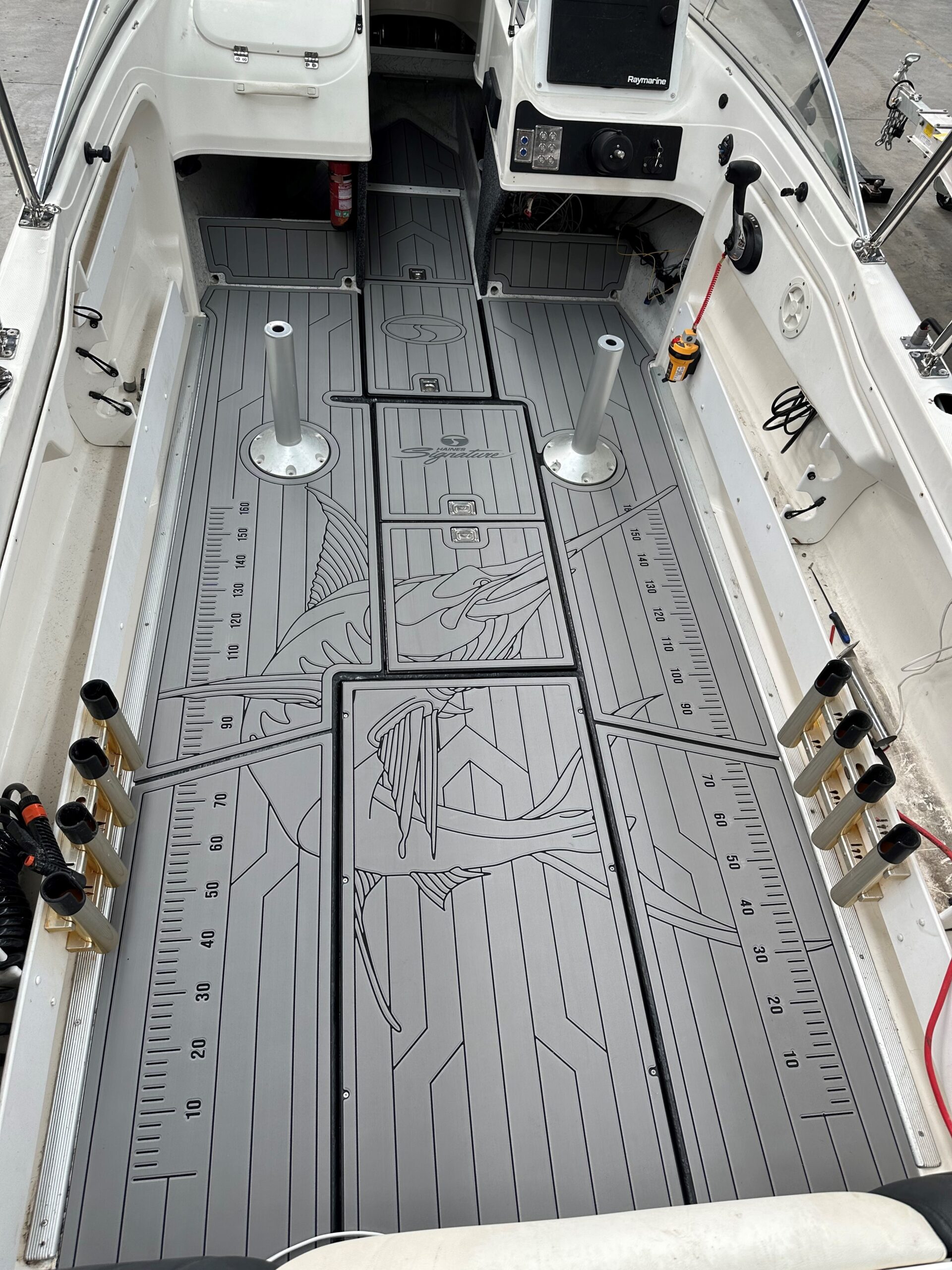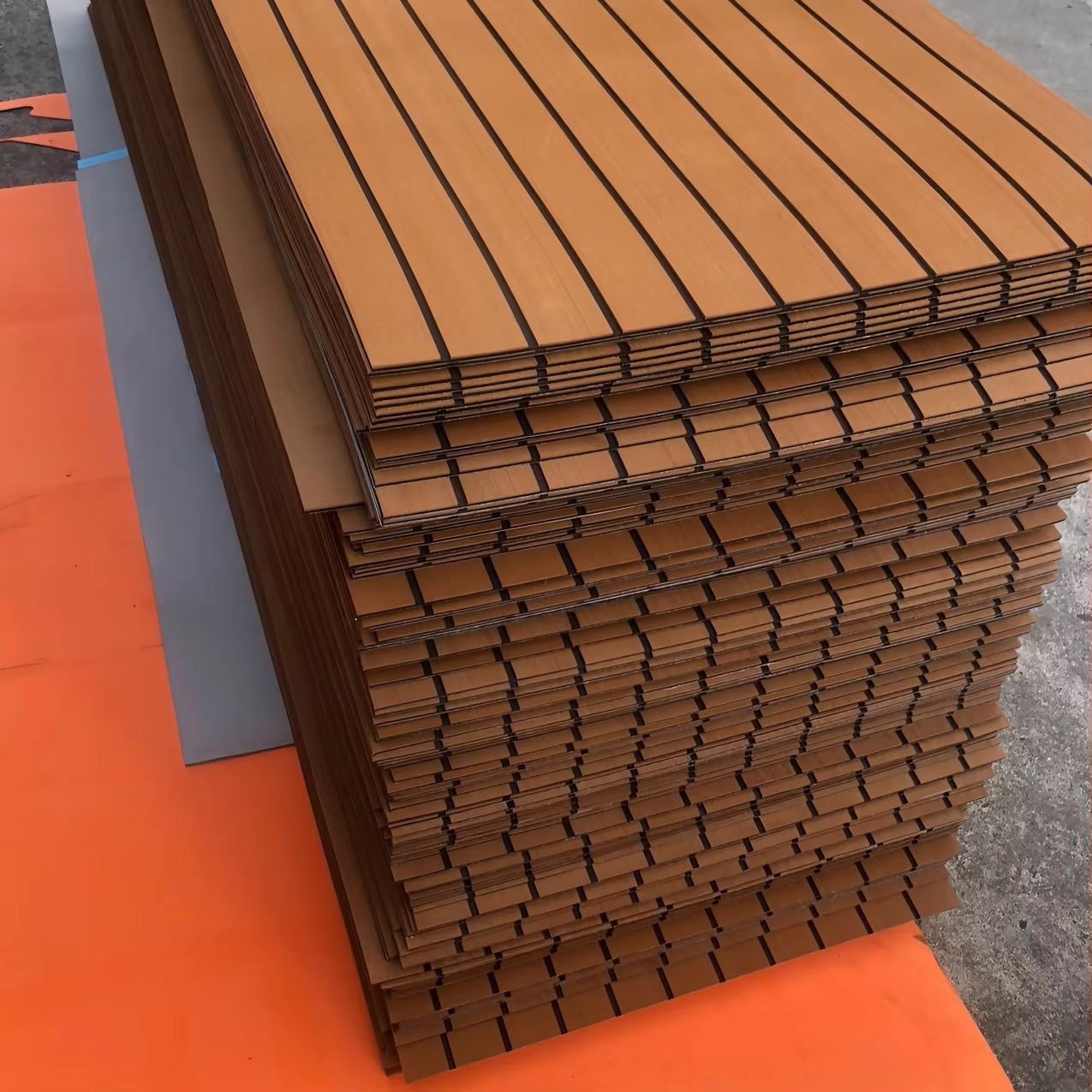
Learn more knowledge and trends in foam boat flooring industry from our blog.
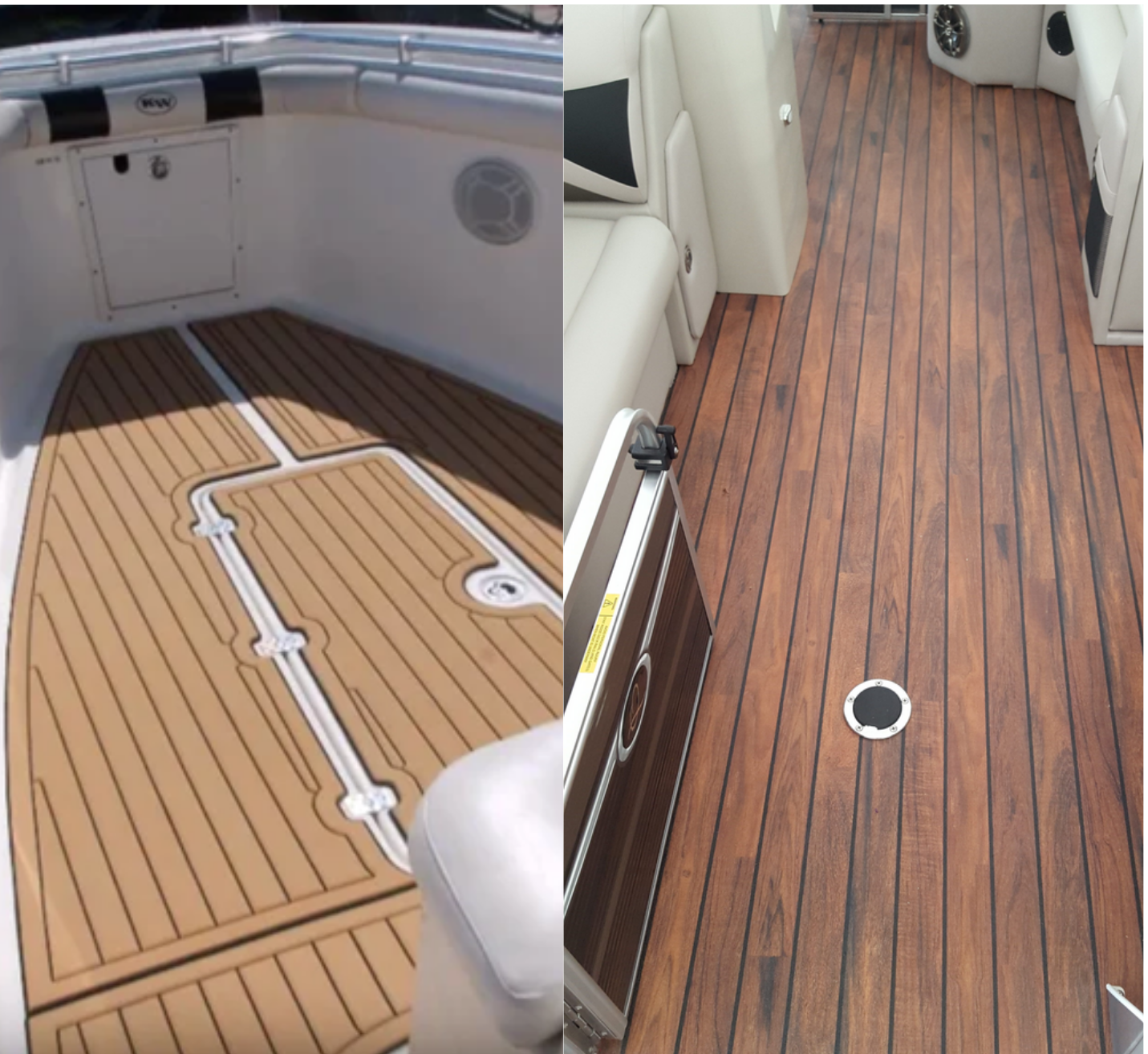
EVA Foam Boat Deck VS Traditional Wood Boat Flooring Pros And Cons Compared
Choosing the right flooring for a boat is crucial, significantly affecting aesthetics, durability, and overall value.
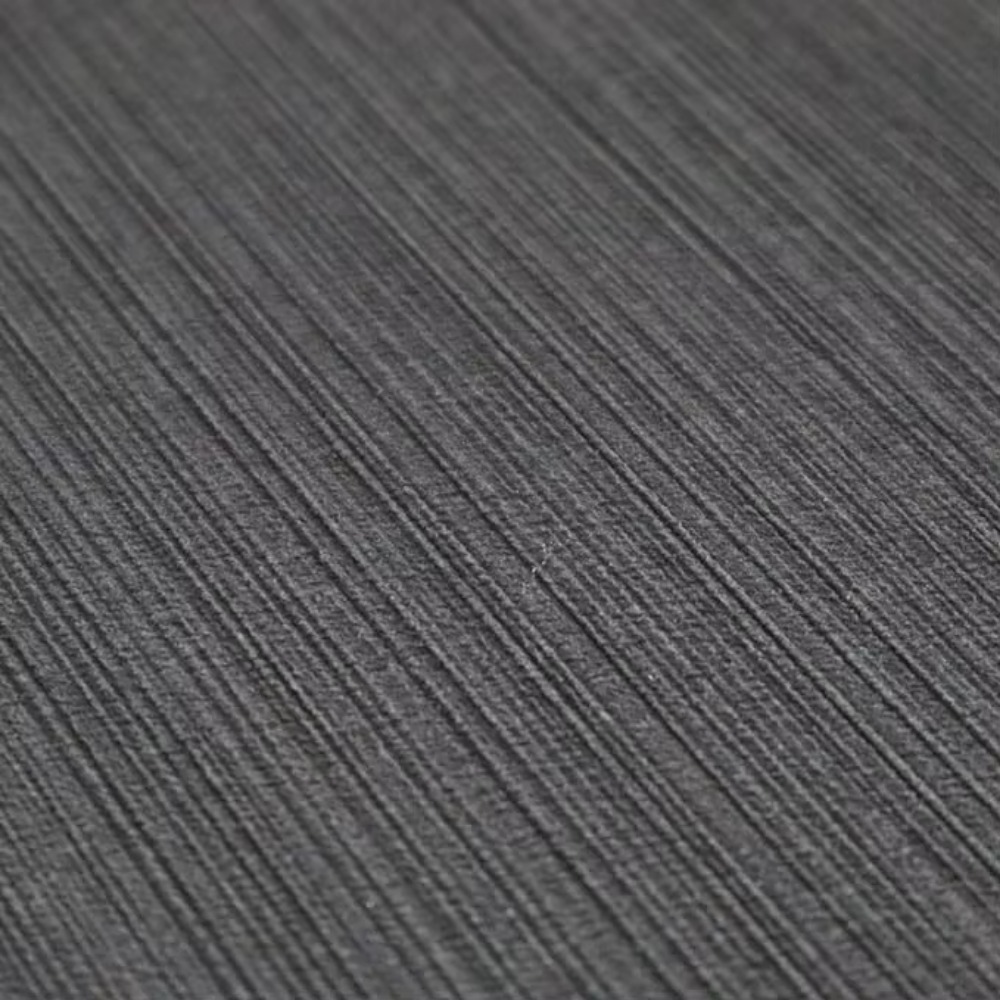
Foam Boat Flooring Sheet Manufacturer
Home Table of Contents Custom Foam Boat Flooring Sheet – Manufacturer Specifications Material Characteristics Base Material Marine-Grade, Closed-Cell EVA Foam

Wholesale Boat Building Foam Board
Home Item Specifications Attribute Spec Product Wholesale Faux Teak Boat Structure Foam Board Size 1100 * 2200MM,1200*2400MM Thickness 6MM or

